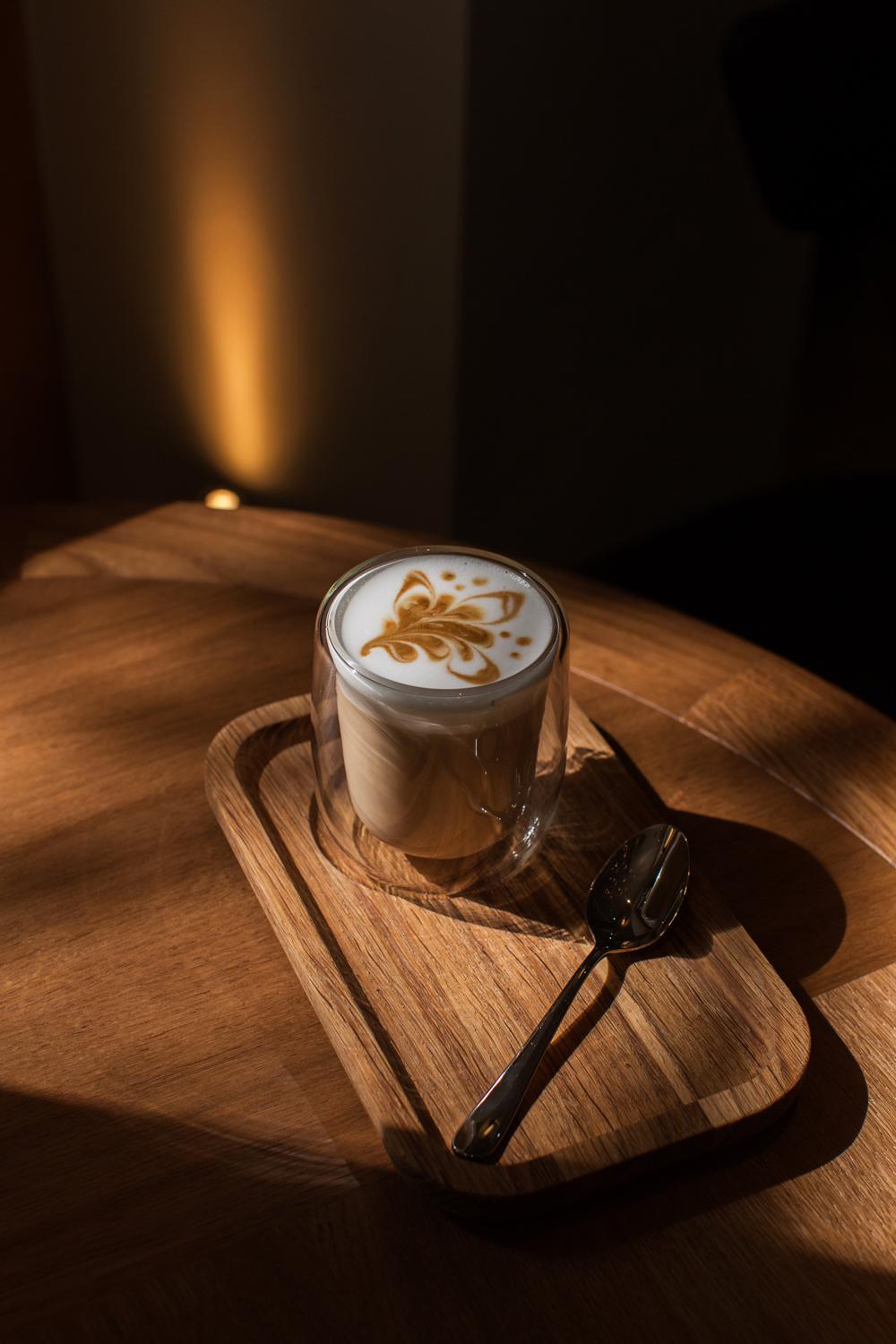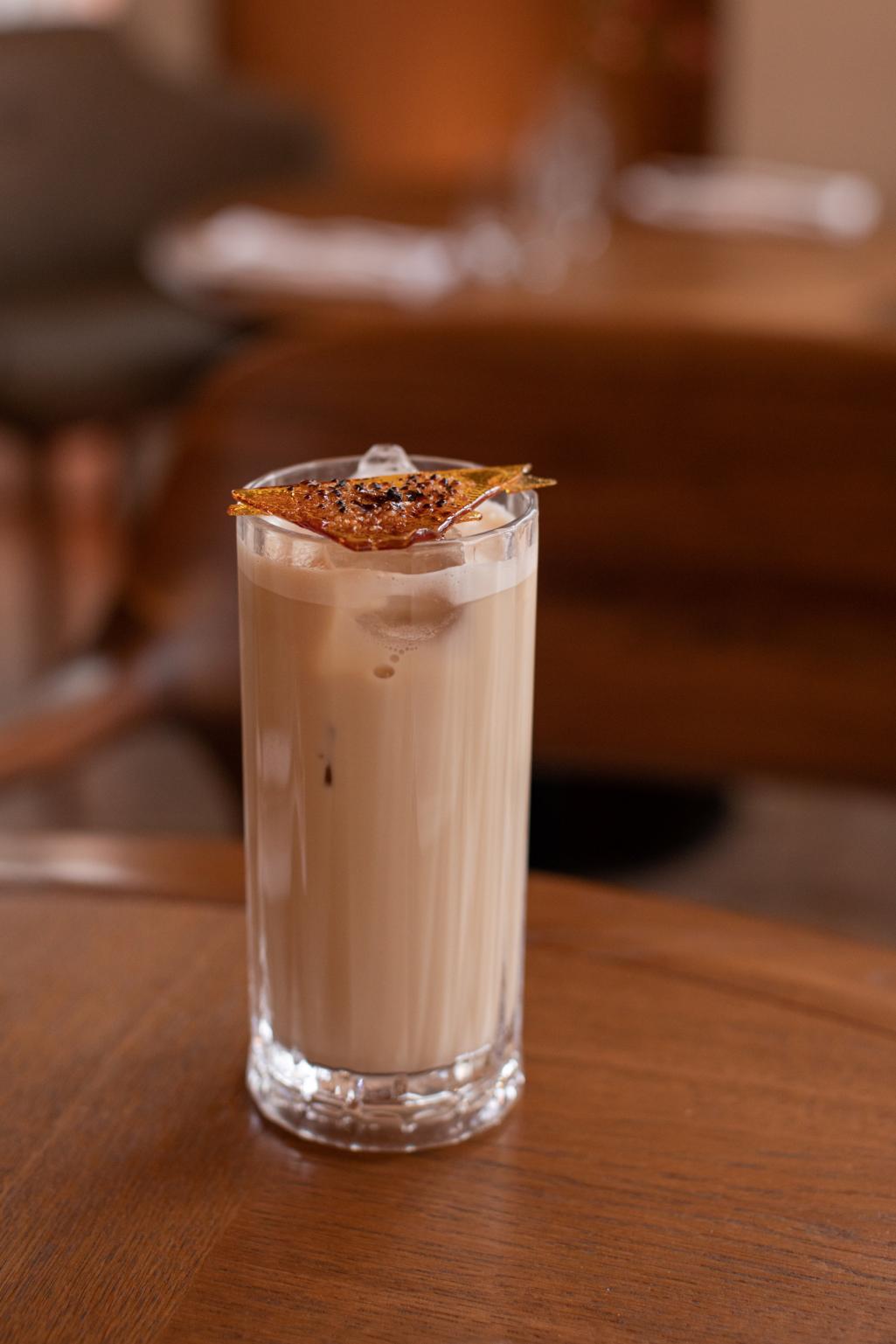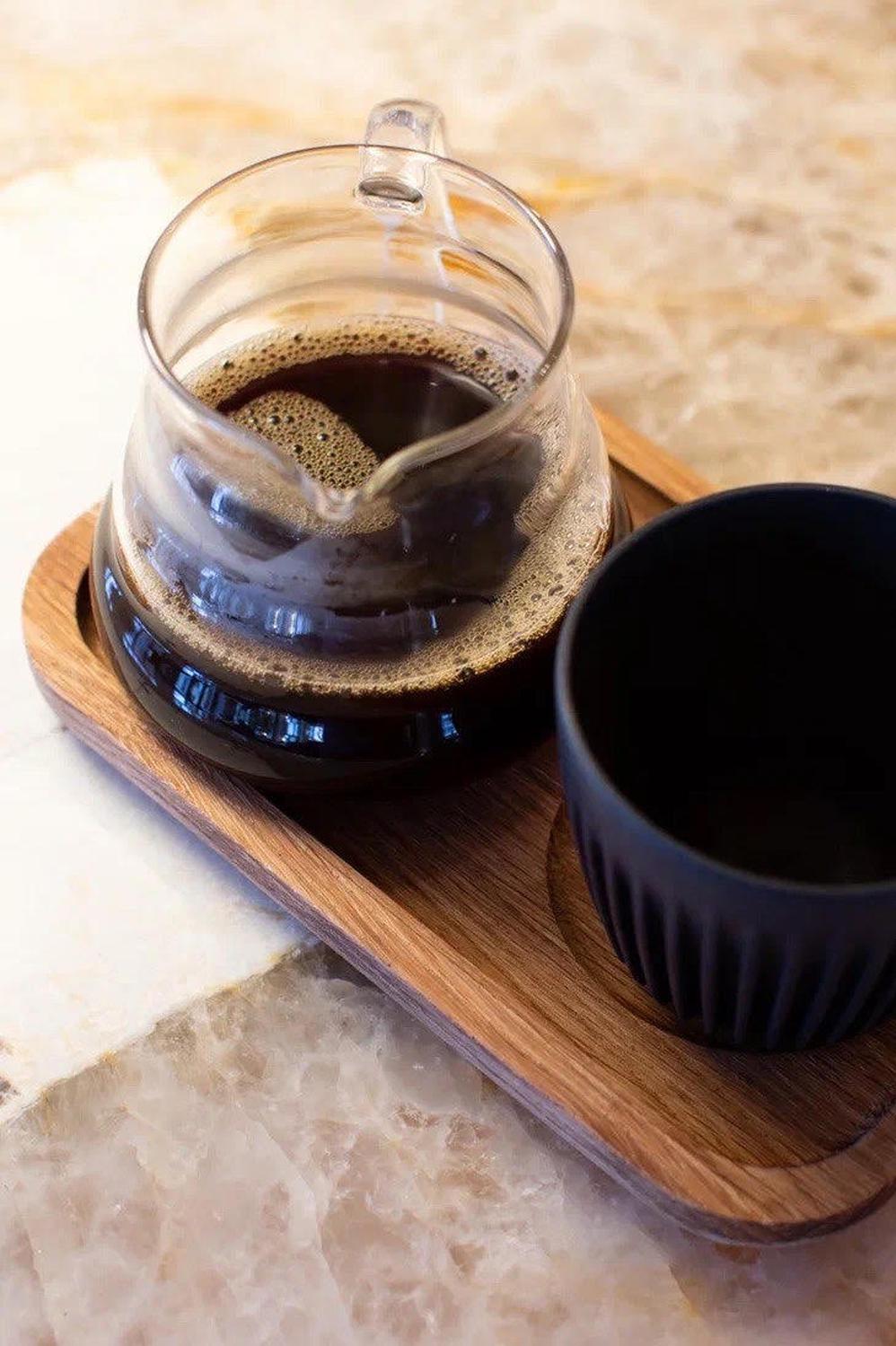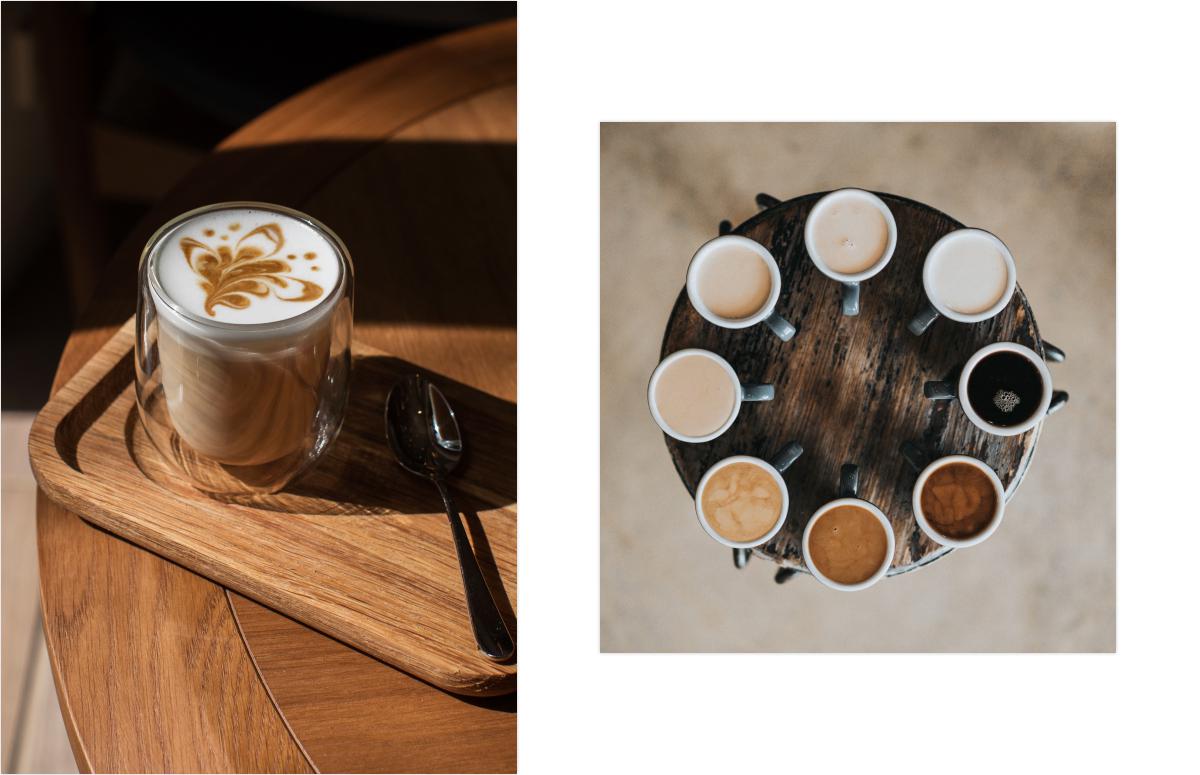
History of coffee
When it comes to coffee, no one remains indifferent, some declare themselves coffee lovers and start talking about their favorite coffee shops and varieties, while others, tea lovers, only shrug their shoulders condescendingly, considering their love for a drink made from coffee beans an exaggeration.
In Kaffa, an ancient state on the site of modern Ethiopia, the evergreen plant and its grains were called “buna”. During the military campaigns of the 13th century, the grains of the evergreen plant were brought to Yemen, and from there along the Red Sea to Mecca and Medina. During the Ottoman Empire, coffee spread throughout Europe, where it acquired its familiar name today, which comes from the Arabic word “qahwa” (1).
The Swedes came up with a special term “fika”, which means a coffee break, while the Swiss drink coffee with sugar, adding red wine to it.
We can say that the love of coffee has become the engine of progress. Thanks to the laziness of programmers from the University of Cambridge, the webcam was invented in 1991: to monitor the filling of a coffee machine with a hot drink, a camera was installed that took three photographs every minute with a resolution of 129×129 (2). This was enough for the Trojan Room programmers to see how much coffee was left in the coffee pot and not have to get up from their computer once again. The video broadcast of the famous coffee machine was stopped on August 22, 2001.
Coffee market
Coffee is the second most popular drink in the world, but not after tea, as it might seem, but after water. Global coffee consumption has increased, reaching 175 million bags in the 2021/22 coffee year (October 2021 to September 2022), the International Coffee Organization (ICO) has calculated (2). The leader in coffee consumption per capita per year was Finland (12 kg per person). Another scoring system takes into account the total amount of grains consumed (in 60 kg bags) without taking into account the size of the country’s population (3).
Top 10 countries for coffee consumption:
- USA
- Central Europe
- Japan
- France
- Italy
- Europe
- Great Britain
- Spain
- Poland
- The Netherlands
Taste of coffee
The taste of coffee depends on the variety and processing. Manufacturers use a variety of technologies, aging beans in wine or port barrels, and even experimenting with bacteria grown in a laboratory environment during fermentation (one of the stages of coffee berry processing). Certain bacteria are used to correct taste in the desired direction.
- “Hani” – the skin and only part of the pulp are removed from the coffee berries. After drying, the grain acquires a honey hue.
- “Wet-hall” – used exclusively on the island of Sumatra. The peculiarity is that the parchment (the parchment shell of the grain) is removed not after drying, as with all other processing methods, but in the middle of the process. Grains with remaining pulp are dried to only 20–24% moisture content. Then the patch is removed and dried to a standard 11% humidity.
- Anaerobic – coffee without peels is placed in a tank. When oxygen is limited, bacteria interact with sugar differently.
Not long ago, aging green grains in wine, bourbon or whiskey barrels became a trend. Green grain, not yet roasted, is placed in the barrel. Coffee absorbs aromas well, so it transforms the bouquet of the product that was previously in the barrel. During “roasting”, structural changes occur, and a new bright taste is obtained.
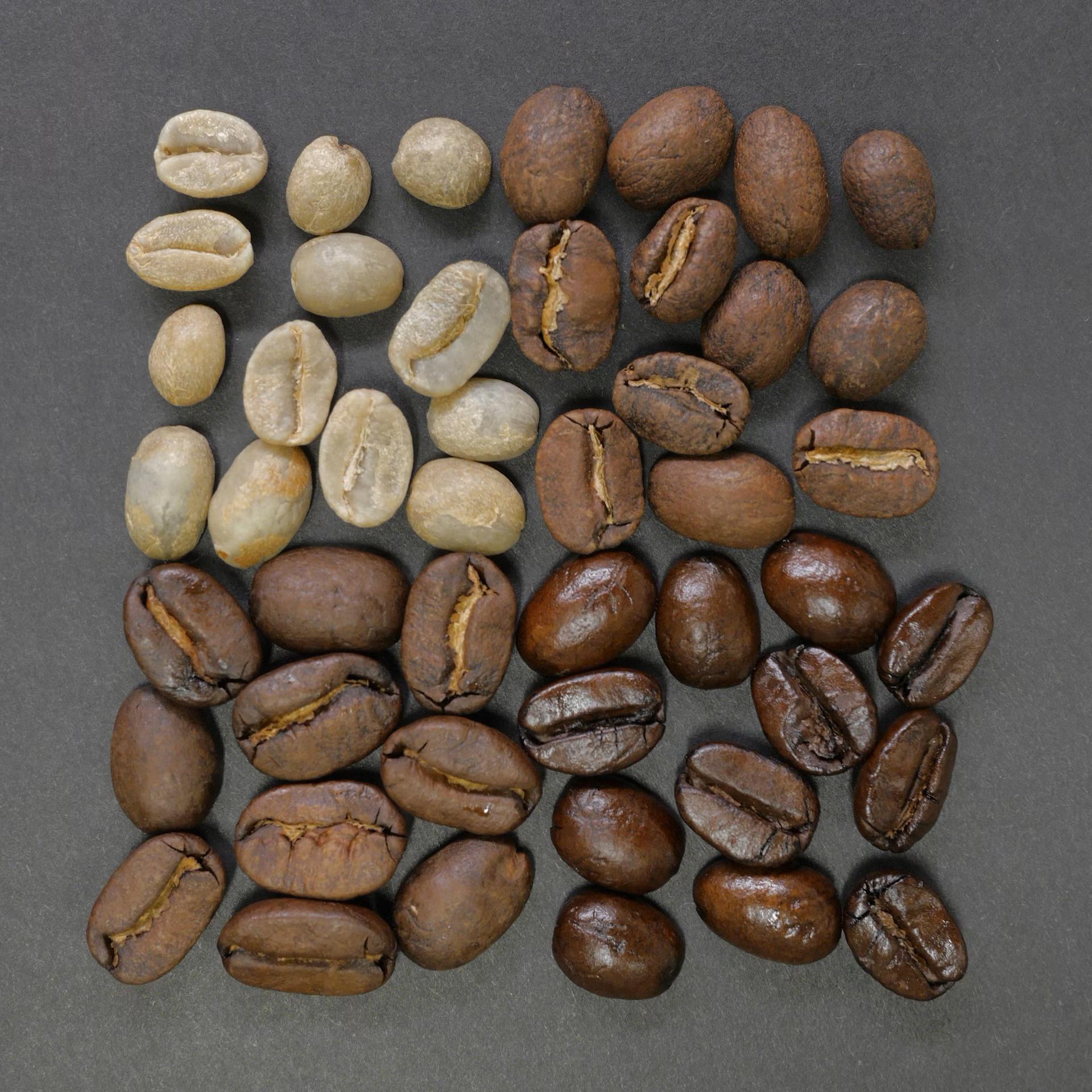
Options for the coffee “wheel of flavors”
- Enzyme (plant origin): fruits, berries, vegetables, flowers.
- Caramel: baked goods, roasted nuts, chocolate.
- Spice aromas: cloves, nutmeg, allspice, cardamom.
- “Negative”: papery, musty, meaty, smoky
- Chemical: extraneous aromas and tastes that are unacceptable in high-quality coffee.
“All these tastes can be found in coffee, but, of course, positive and high-quality ones are valued – not sour, but juicy. Also, good coffee is distinguished by complex acidity; it can be quite bright, but harmonious, with the presence of “good” sweetness and the absence of “low” bitterness. This type of coffee is called balanced; its aftertaste will remain a pleasant trail in the mouth. Coffee with high sweetness, bright caramel and low acidity is very popular, its taste is distinguished by its purity,” says Alexandra Matveeva, coffee roaster at the Aist restaurant, chef barista, certified Q-cupper.
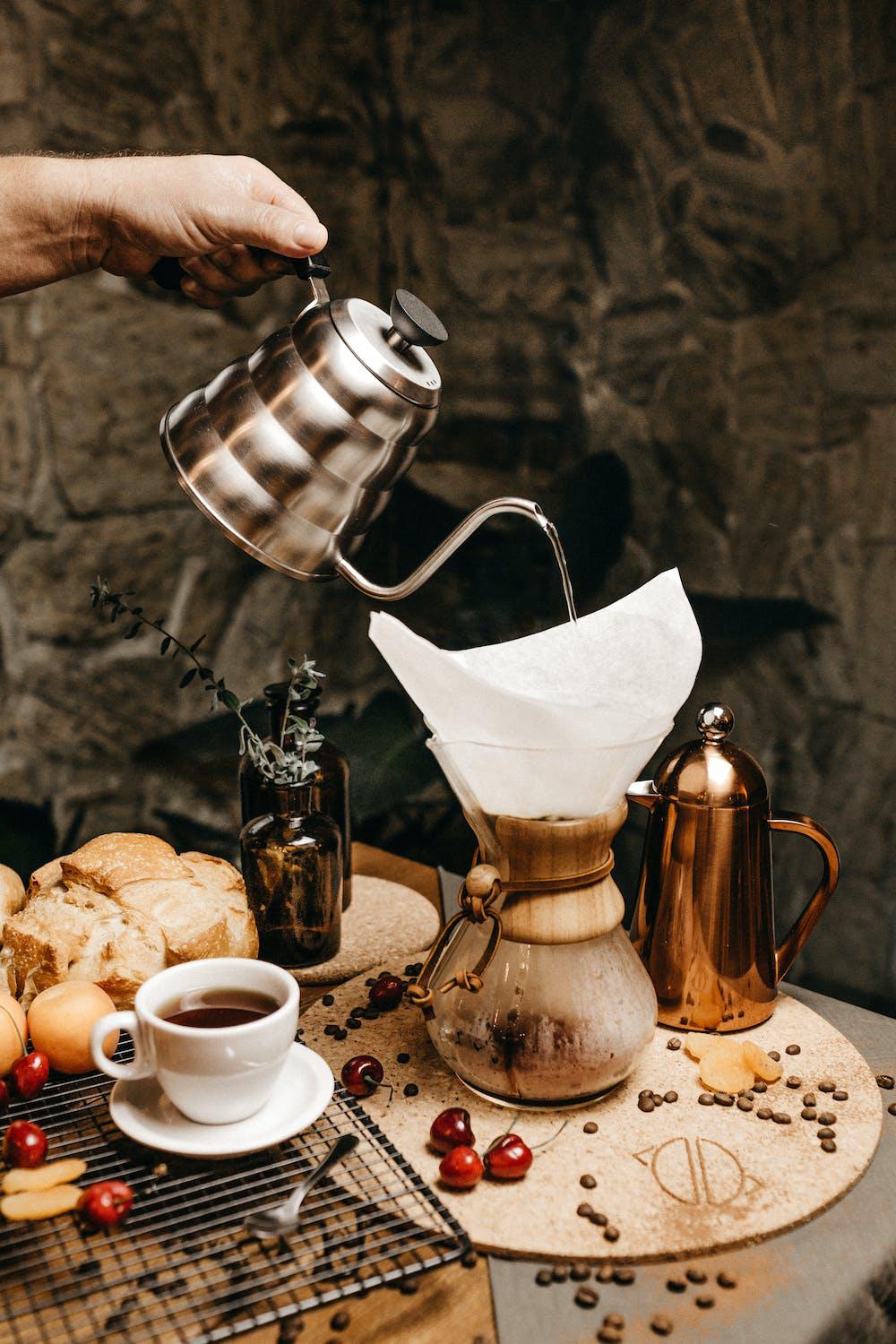
Coffee professions
Among the uninitiated there is an opinion that a coffee specialist, no matter what he does, is called a barista. In fact, the variety of specializations in the world of coffee can be surprising. Different people are responsible for the quality, roasting, taste and serving of coffee. It is important to note that professionals in this industry are certified. The exception is a barista, which you can become at the behest of your soul.
-
Q grader (from English quality – quality, grade – degree) is an international-level specialist in assessing green (unroasted) and roasted coffee; his responsibilities also include the function of assessing quality, purchasing, and selecting coffee in the countries of origin. It is he who draws up a protocol with comments that helps the coffee farmer understand at what stage the production is at and what can be improved so that the coffee gets a higher rating.
-
Q-capper (from the English quality – quality, capper – analyst) – works with the organoleptic assessment of grains – evaluates their color, shine, smell and taste.
-
coffee sommelier or taster understands the nuances of taste, and can recognize the degree of roasting of grains by smell.
-
barista – specialist in preparing coffee and coffee-based drinks.
Quality coffee and possible defects
Each new coffee harvest undergoes a quality test – a kind of exam.

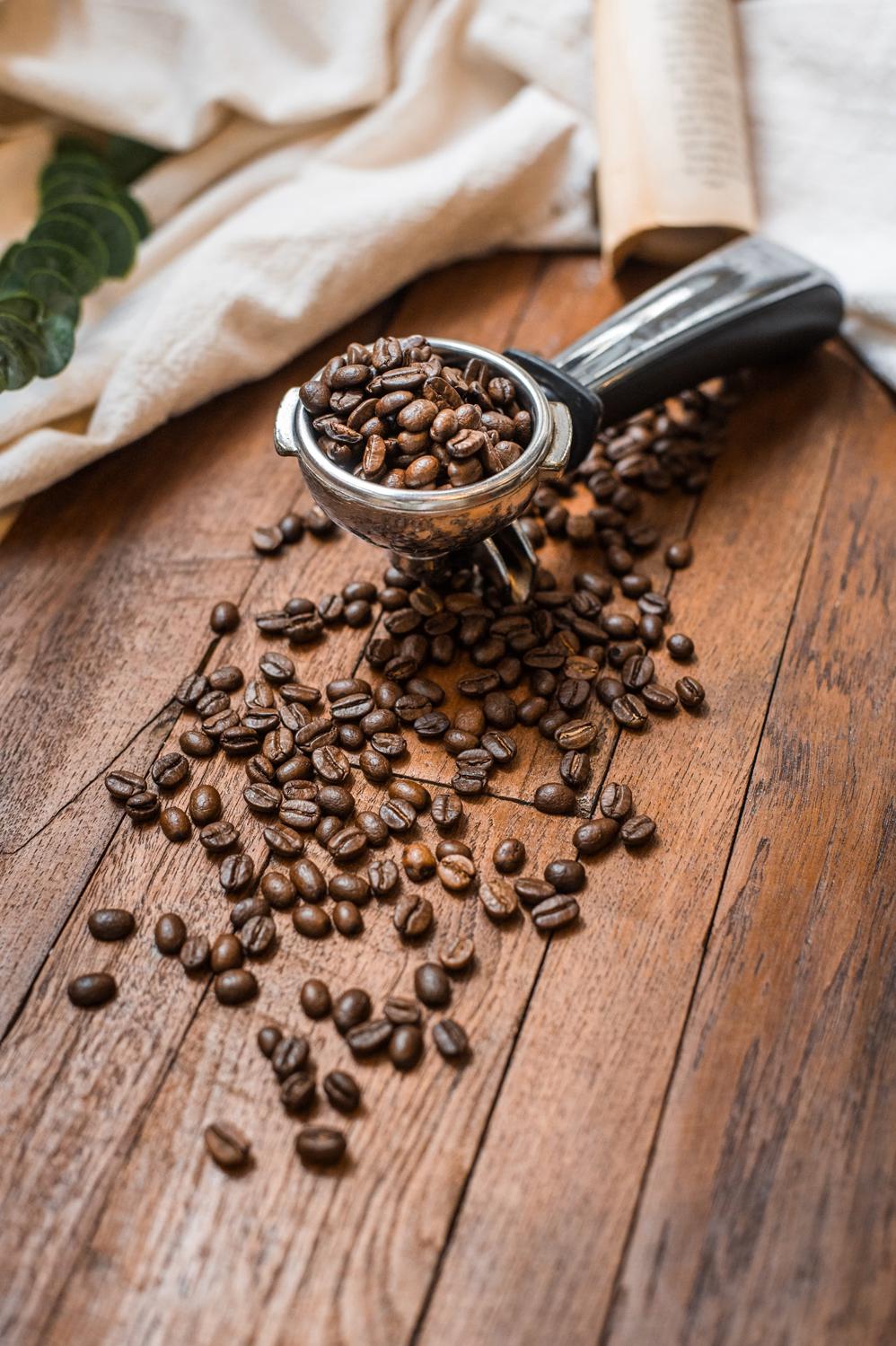
Coffee in restaurants
Coffee ceases to be something traditional: black or with milk, strong or not. Until recently, coffee with alternative milk was considered the height of variety. But now the coffee list in restaurants is updated with the same frequency as the main menu. In some you can find coffee with unusual flavors and combinations: “Baikal” (that same taste of childhood) with sbiten and tarragon, with halva flavor and even with white chocolate with pink pepper.


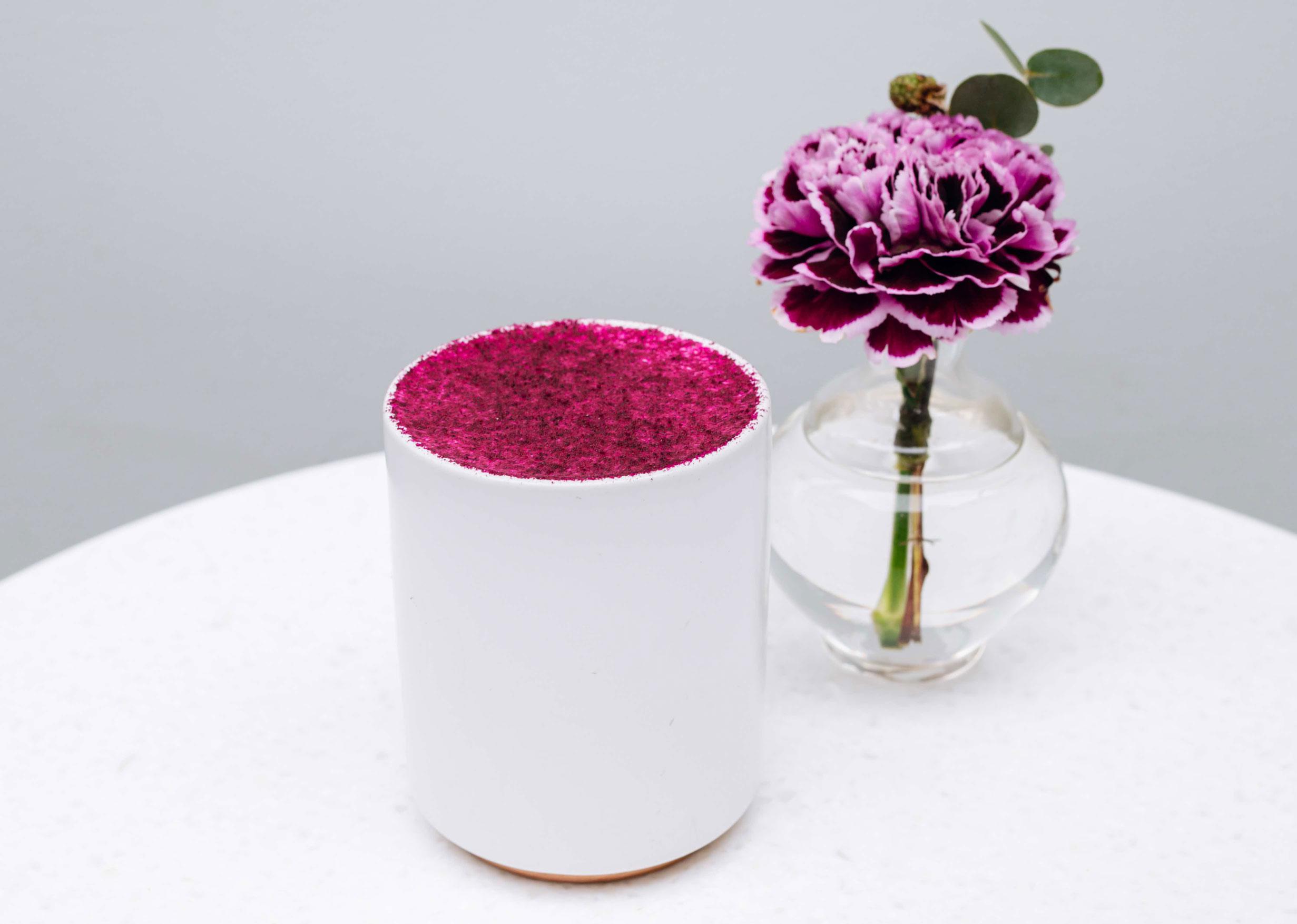
Pepper latte, Atelier de tartelettes
How to choose coffee
The easiest way to enjoy your favorite coffee is in restaurants or coffee shops, where the quality and taste are monitored by professionals, but what should you pay attention to when choosing coffee for home in order to achieve the same taste and aroma at home? Alexandra Matveeva advises.
- Pay attention to roasting: light roasted coffee is not suitable for a coffee machine.
- Sufficiently dark coffee will not taste good in a drip coffee maker.
- Another point is the roasting date. Coffee that was roasted a few months ago will not be as vibrant as one that was roasted two or three weeks ago.
- Healthy grains have integrity – if there are a lot of broken grains in the package, this is not a good sign.
- The surface of the grain should be a uniform brown color. If the grain is stained,…

